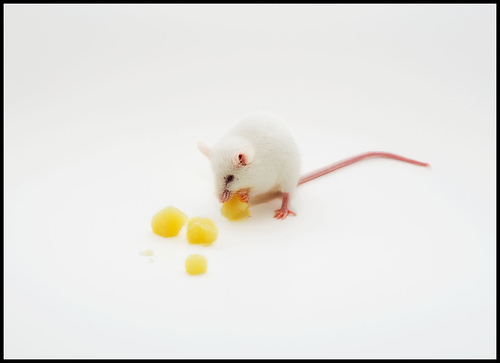Millions of people across the world suffer from food allergies. A food allergy is an unusual response triggered by the body’s immune system after eating a certain food, which can result in signs or symptoms such as digestive problems, hives, swollen airways, or death in severe cases. The most common foods that trigger allergic reactions are shellfish, peanuts, and eggs. In the United States, it is estimated that six to eight percent of children under the age of three have food allergies, along with four percent of adults. According to the Centers for Disease Control, or CDC, between 2004 and 2006, food allergies were reported to cause approximately 9,500 cases of hospitalization. The number of food allergies among humans is, in fact, on the rise. From 1997 to 2007, the percentage of children with food allergies under the age of 18 increased by 18%. Food allergies are a significant problem, and until recently, a potential cure for food allergies had not been found.
Scientists at Johns Hopkins University have recently discovered a way to turn off the immune system’s allergic reactions to certain foods. Led by Shau-Ku Huang, Ph.D. and Yufeng Zhou, M.D., Ph.D., the research team investigated one kind of immune cell, called the lamina propria dendritic cells (LPDC), which is the immune system’s first line of defense. The LPDC produces a special receptor, which appears on LPDC’s cell surface and combines with certain sugars. When targeted with a specific sugar protein, this receptor, known as the SIGNR1, was able to absorb food proteins that would have normally caused much harm.
The research team decided to test this newly found discovery on mice. The team took a food protein that causes allergic reactions in mice, modifying it by adding special sugars. They predicted after the mice consumed the modified protein, the SIGNR1 receptors on the immune system cells would be able to combine with the protein. After combining with the modified protein, the immune system would learn to tolerate the food protein, no longer causing an allergic reaction when combining with the unmodified protein. Zhou fed the mice the modified protein every day for three days. After five days, he tested his hypothesis by feeding the mice the unmodified protein. This protein caused death and convulsions in the control group of mice that had not been previously fed the modified protein. However, the mice that had been previously fed with the modified proteins had much less severe allergic reactions to the unmodified protein. Reactions included itchiness or puffiness around the eyes and snout, but nothing severe. The research team’s hypothesis had been tentatively accepted.
Data Table:
| Group of Mice | Are they fed modified protein? | Reactions when fed unmodified protein: |
| Control Group | No | Tremors, Convulsions, and/or Death |
| Testing Group | Yes, the mice are fed modified protein once a day for 3 days | Minor Itchiness or Puffiness around the Eyes or Snout |
This experiment could potentially lead to some sort of drug that could prevent allergic reactions in humans. Maybe allergic reactions won’t always be such a huge problem in the future and the death and hospitalization rates could decrease.
Do you have or know someone who has food allergies? What are some of their allergic reactions? Have there been any other recent discoveries involving food allergies? Have any other animals been involved in experiments involving food allergies?







